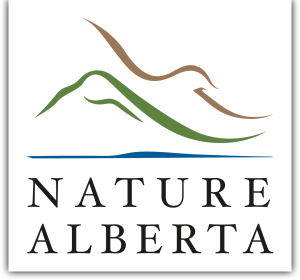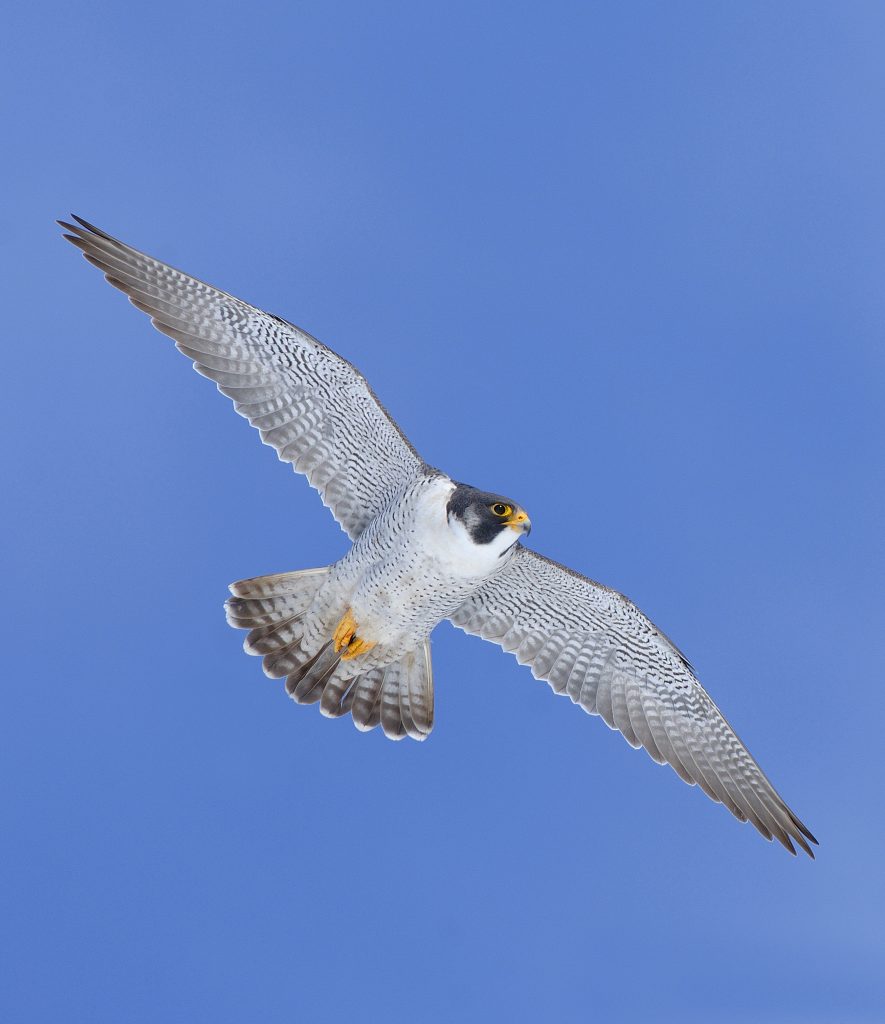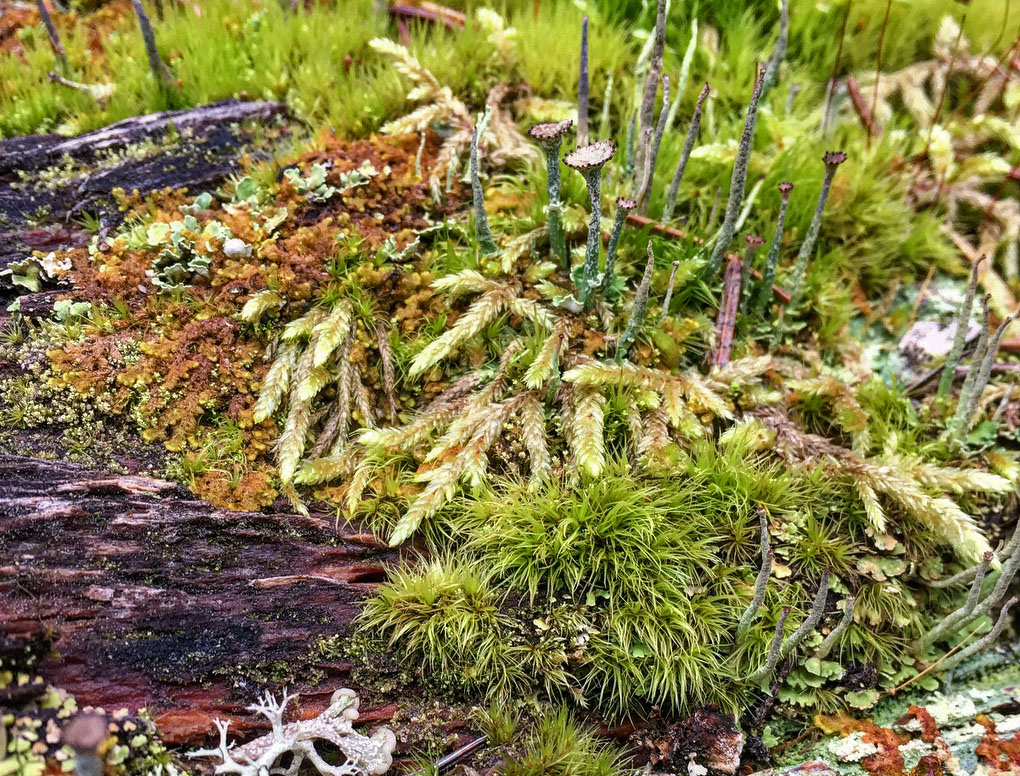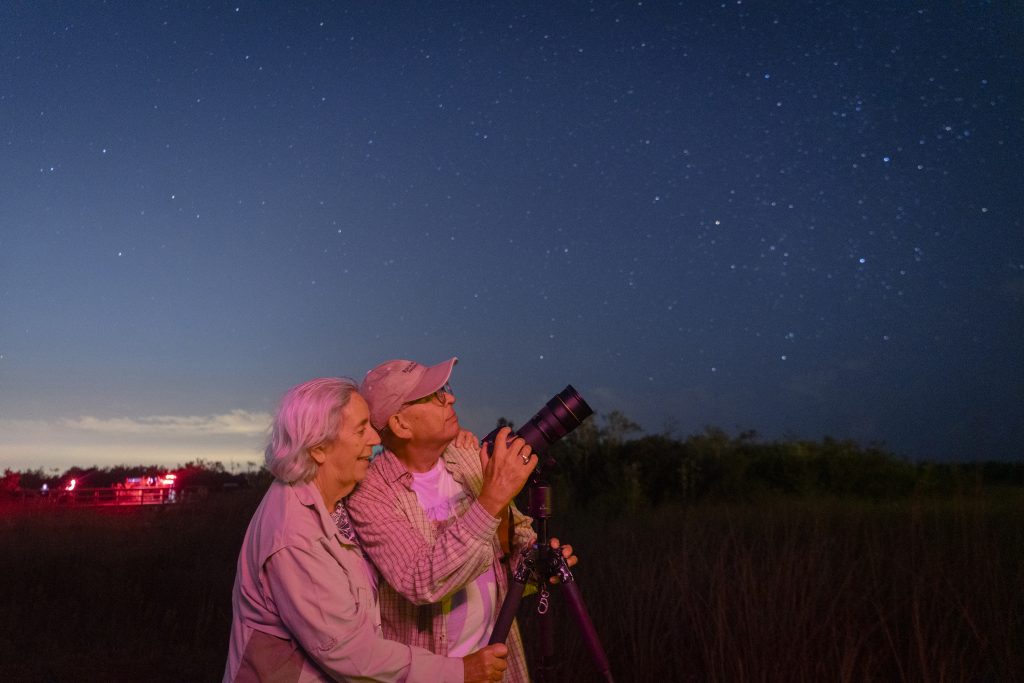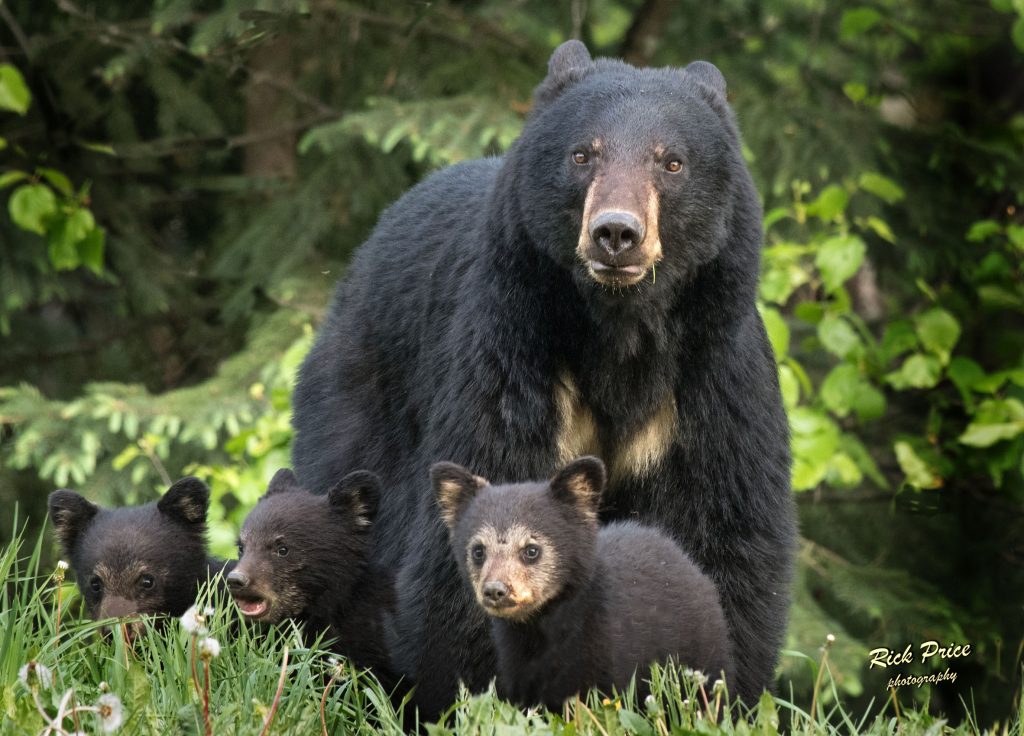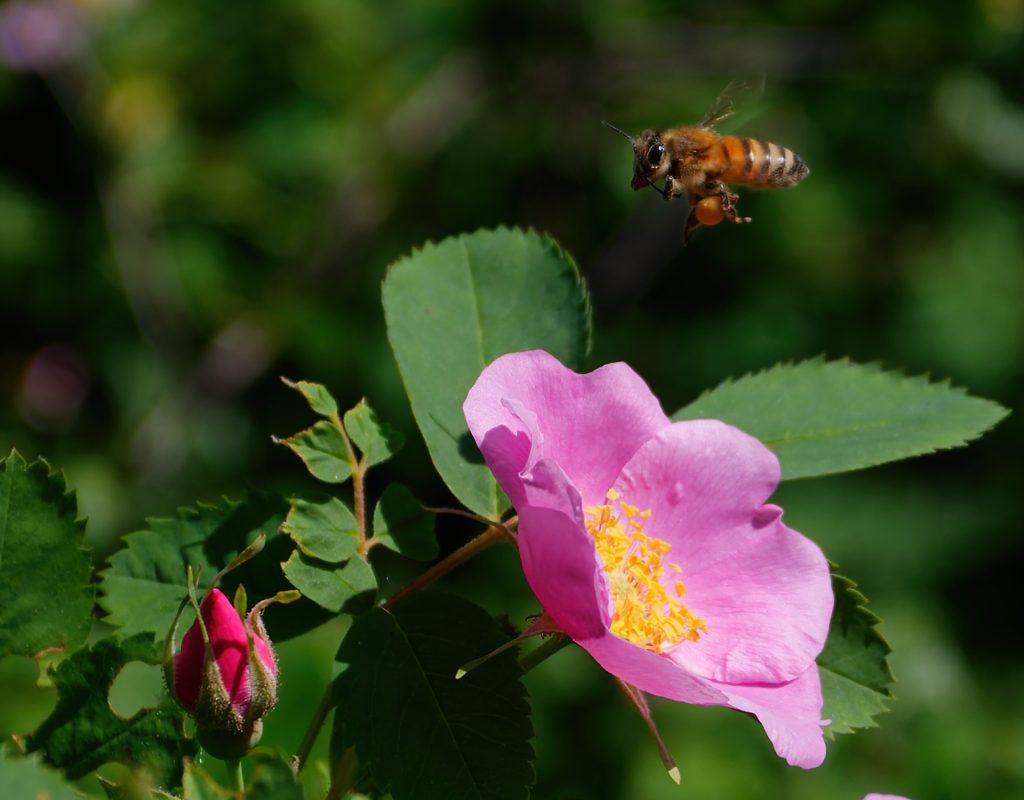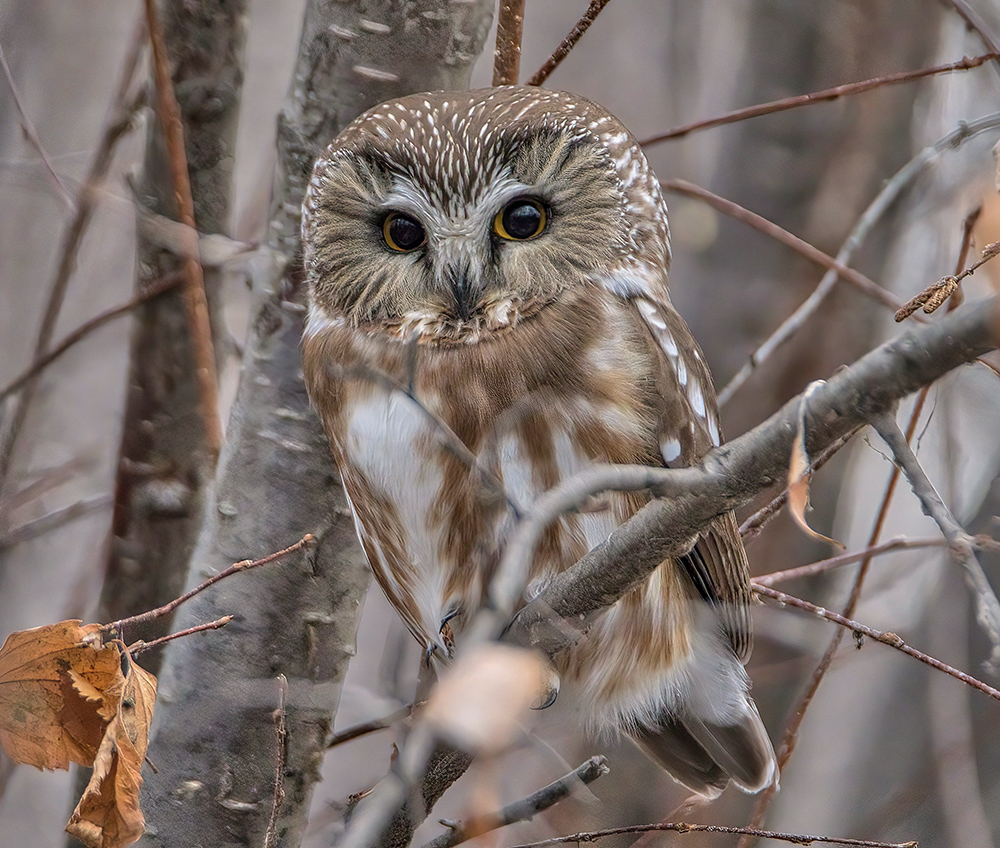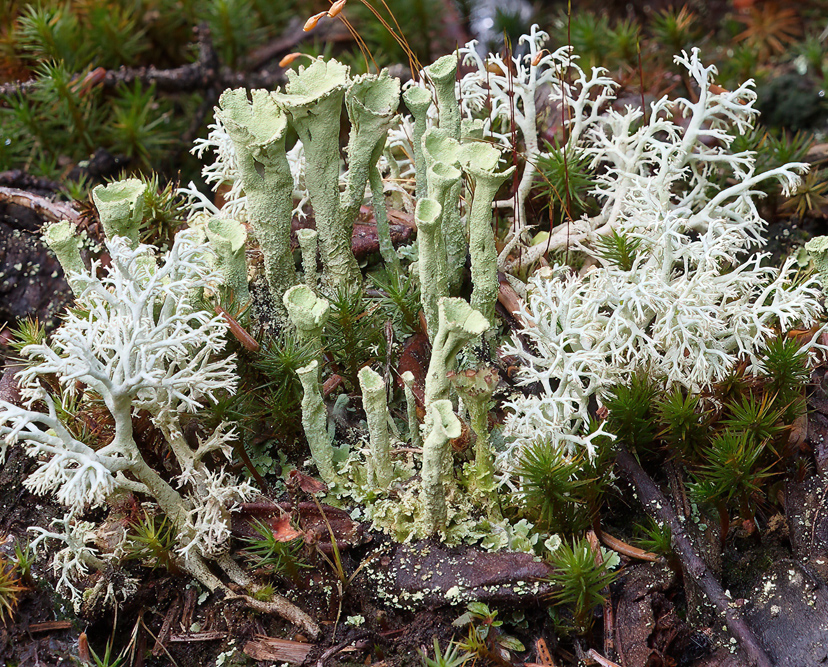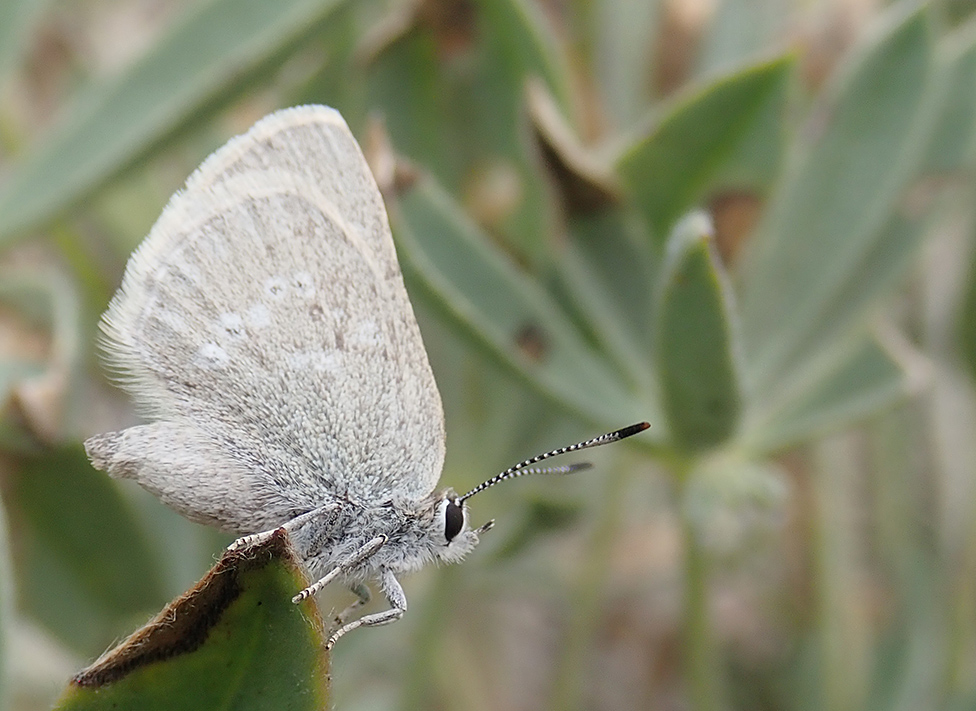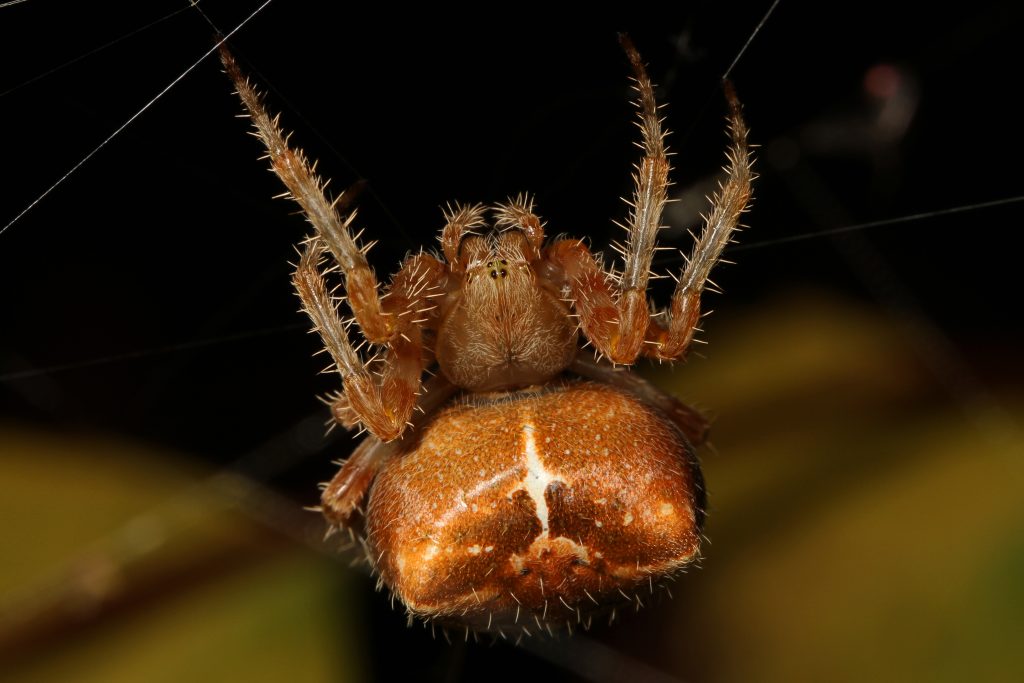Homepage Magazine
Peregrine Recovery: Management in the New Millennium
BY GORDON COURT
Soaring success! Read the inspiring story of the peregrine falcon’s return to its historic range in Alberta.
Read MoreMosses of Alberta: A Miniature Leafy World
BY BRITTNEY MILLER
At last! Answers to all the questions about moss you didn’t know you had! A surprisingly fascinating peek into a tiny, often overlooked, remarkably beautiful part of Alberta’s natural world.
Read MoreIn the Field with Hybrid Flickers
BY COREY SCOBIE
Learn about the research done in Alberta examining the hybridization of two northern flicker subspecies.
Read MoreDefending the Dark Sky
BY GLEN HVENEGAARD
Dark skies are under threat by light pollution, but public interest may be the thing that flips the switch.
Read MoreThe Black Bear
BY NICK CARTER
“Question: What kind of bear is best?” Jim and Dwight from The Office have their opinions, but you can make up your own mind with the rundown on Alberta’s black bears in the Spring issue of Nature Alberta Magazine!
Read MoreBeneath the Buzz: Alberta’s Native Bees as Nature’s Unsung Heroes
What’s the buzz? What’s happening with Alberta’s unsung nature heroes: native bees!
Read MoreMotus: The Latest Advance in Tracking Bird Migration
New technology, new insight — Motus is a tiny revolution in tracking bird migration.
Read MoreFor the Love of Lichens
There’s lots to love about lichens! Meet some of Alberta’s most colourful examples of these fascinating amalgam organisms.
Read MoreSurvival Against the Odds: Alberta’s Half-moon Hairstreak Butterfly
BY BENNY ACORN
Waterton Lakes National Park is truly one of the most remarkable areas in all of Alberta, where natural beauty is partnered with rich and unique biological diversity. Although you would not expect it, the story of one of Alberta’s rarest insects begins here, under the late-winter snow. This is a story of unexpected alliances, remarkable specialization, and perseverance in the face of catastrophic adversity, and it all takes place on the Blakiston Fan.
Read MoreSpiders: The Misunderstood Jewels of Alberta’s Biodiversity
BY JAIME PINZON
Alberta is home to 628 species of spiders, representing almost half of those recorded in Canada. That’s more than the number of bird species we have in the province. Despite this great diversity, you are unlikely to encounter more than a small fraction of these species because many of them are either too small, have cryptic behaviours, or live in remote habitats.
